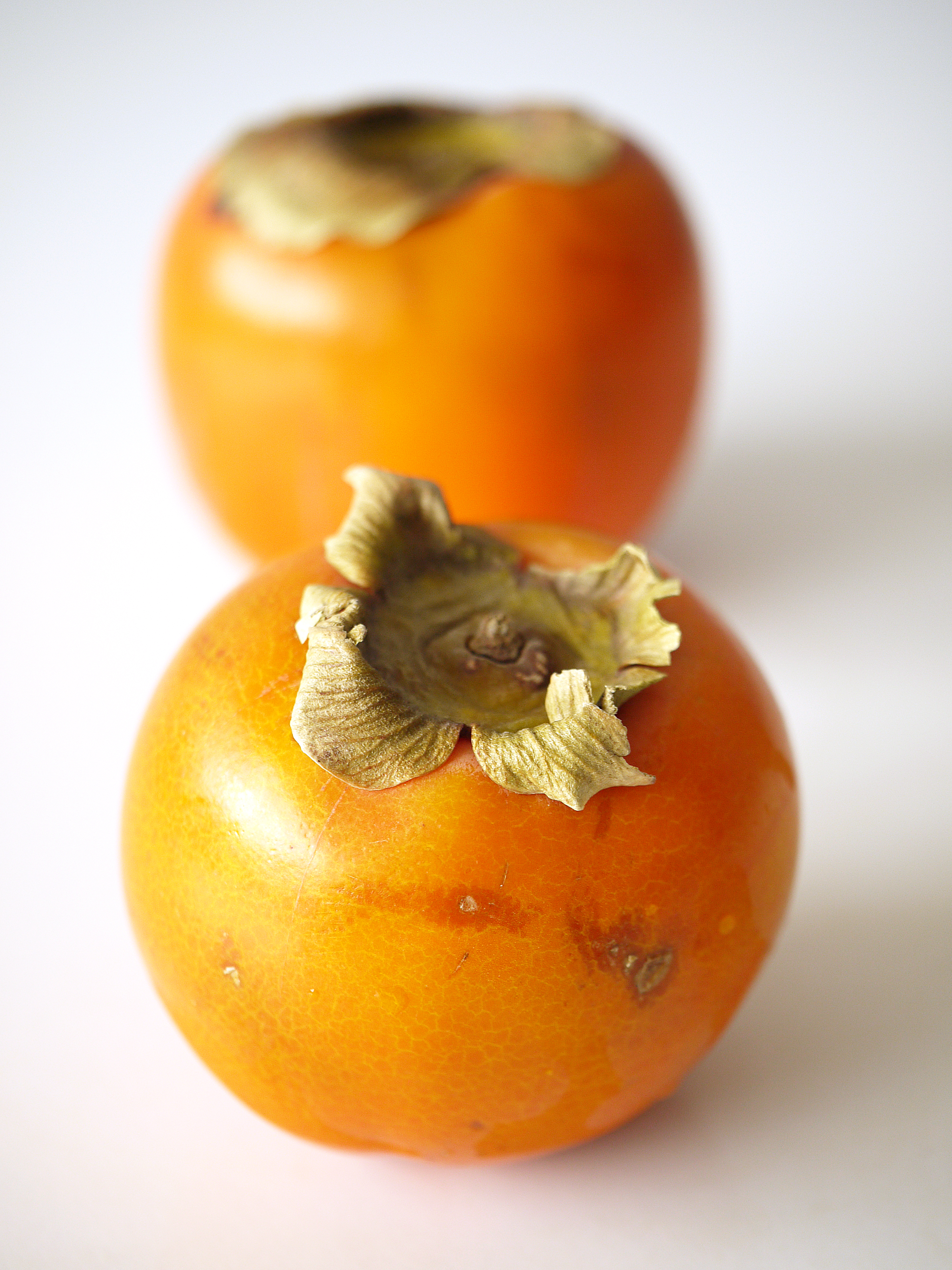“The Chemical Keys To Thanksgiving Dinner”
This was a very interesting webinar that I joined in on last week, courtesy of the American Chemical Society’s “Joy of Science” Food Chemistry Series.
The speaker was Dr Harold McGee, scientist and author of a regular column in the New York Times, “The Curious Cook”. You may also know him for his ground breaking book “On Food & Cooking: The Science & Lore of the Kitchen.” He writes a lot about the science of cooking, and in particular, the chemistry behind it, and how seasons marry and interact to produce tender, succulent and flavorful dishes.
I thought it might be fun to throw in some food science in our run-up to the Thanksgiving feast! So I’m going to take each of the main points that he covered in turn.
His Thanksgiving presentation covered a variety of things, including:
- The pros and cons of brining
- The two types of turkey muscle and how to cook them
- The stuffing dilemma
- How to make those sweet potatoes sweet
- Why traditional persimmon pudding is nearly black, and how to make it persimmon-colored
f
So today’s post discusses how persimmon gets to be two-tone……..
f
f
Persimmons are beautiful fruits with autumnal orange-red skins and orange flesh. They have a mild flavor that is somewhat reminiscent of pumpkin, but overall is very indistinct, so it’s been difficult finding a lead role for them!
The persimmons that we see in produce stores are an Asian species and come in two general types, one of which requires special handling:
- Fuyu: This flat-based type can be eaten when firm, and is the one that many restaurants tend to serve in salads.
- Hachiya: This elongated type is inedible when firm. And those who try to brave eating them when firm will get to know first-hand how astringent they are. This is a result of their tannin content which only reduces when the flesh has fully ripened into an almost liquid, translucent mass. You can certainly reduce its astringency by wrapping it airtight to hinder its metabolism, or by freezing it so its cells soften prematurely. But its jellylike consistency when ripe is what makes the Hachiya flesh so special.
Once peeled, seeded and puréed, both types produce a creamy mass that is thick enough to hold its shape without leaking fluid. Combined with its indistinct flavor, this makes it a versatile base for dessert sauces, or even as a light dessert itself (Harold McGee suggests just flavoring with sugar and other ingredients like citrus zests and juices, fresh ginger, pineapple juice, rum, or brandy, without thinning the purée too much. Then simply spooning the mixture into ramekins and chilling until set).
d
The Color Persimmon
Served fresh, persimmon purée is bright and colorful. But when cooked in a traditional persimmon pudding, it becomes something entirely different. For example, although your recipe may produce a pale orange batter from persimmon purée, eggs, sugar and flour, throw in two hours of steaming and this somehow turns this into a chocolate-brown, richly flavored cake.
f
The pH is in The Pudding
So why the drastic change? Turns out that it’s not the persimmons themselves that are responsible for this metamorphosis, or even the long cooking time. The key, in fact, lies in the pudding’s pH – basically how acid or alkaline it is.
Most recipes for persimmon pudding involve a lot of baking soda (usually a couple of teaspoons per cup of purée). Typically, this alkaline baking soda tends to be used in a batter so it can combine with acidic ingredients and produce carbon dioxide gas. This gas then allows the batter to rise and lighten upon setting.
Persimmons, however, don’t have much acid to be able to react with and neutralize the baking soda. So the excess of baking soda ends up contributing to making the batter alkaline. It is this alkaline condition that actually encourages the “browning reaction”.
f
The Browning Reaction
The browning reaction is what tends to make roasted or toasted foods more brown and flavorful. The energy from high cooking heat causes sugars and proteins to react together and lead to a cascade of reactions that generate lots of new molecules. Some of these are small and tasty, others large and pigmented.
An acid environment makes it harder for sugars and proteins to react, while an alkaline environment makes it much easier. This is why pretzels may be boiled in a baking soda solution before baking – the alkalinity allows their surfaces to become more colorful and flavorful.
With our persimmon pudding, the excess baking soda allows the proteins from the eggs and flour to combine with the fruit sugars at temperatures no higher than boiling point. This reaction occurs all throughout the batter, not just on the surface. So the longer the cooking, the darker the color – but even just one hour of steaming makes a dark pudding.
d
Making Your Persimmon Pudding Persimmon-Colored
McGee suggests replacing the baking soda with baking powder which is a more neutral mix of soda and acid. The reduced alkalinity produces a pudding that is golden rather than dark brown, and has a more fruity taste.
The two tones of persimmon pudding make for a great demonstration of how food pH can affect its color and flavor. Regardless of the chemistry though, it’s certainly a very tasty treat!
d
Happy Thanksgiving everyone! Stay safe, and eat well!
f
Image credit maxstraeten@morguefile

Fascinating stuff, Nicky. I’ve always heard you can’t swap out baking soda and powder. It seems in this particular instance, you can.
I’m now ready to start my cooking. Happy holiday to you across the nation!
Hope the cooking went fabulously, Jacqui!